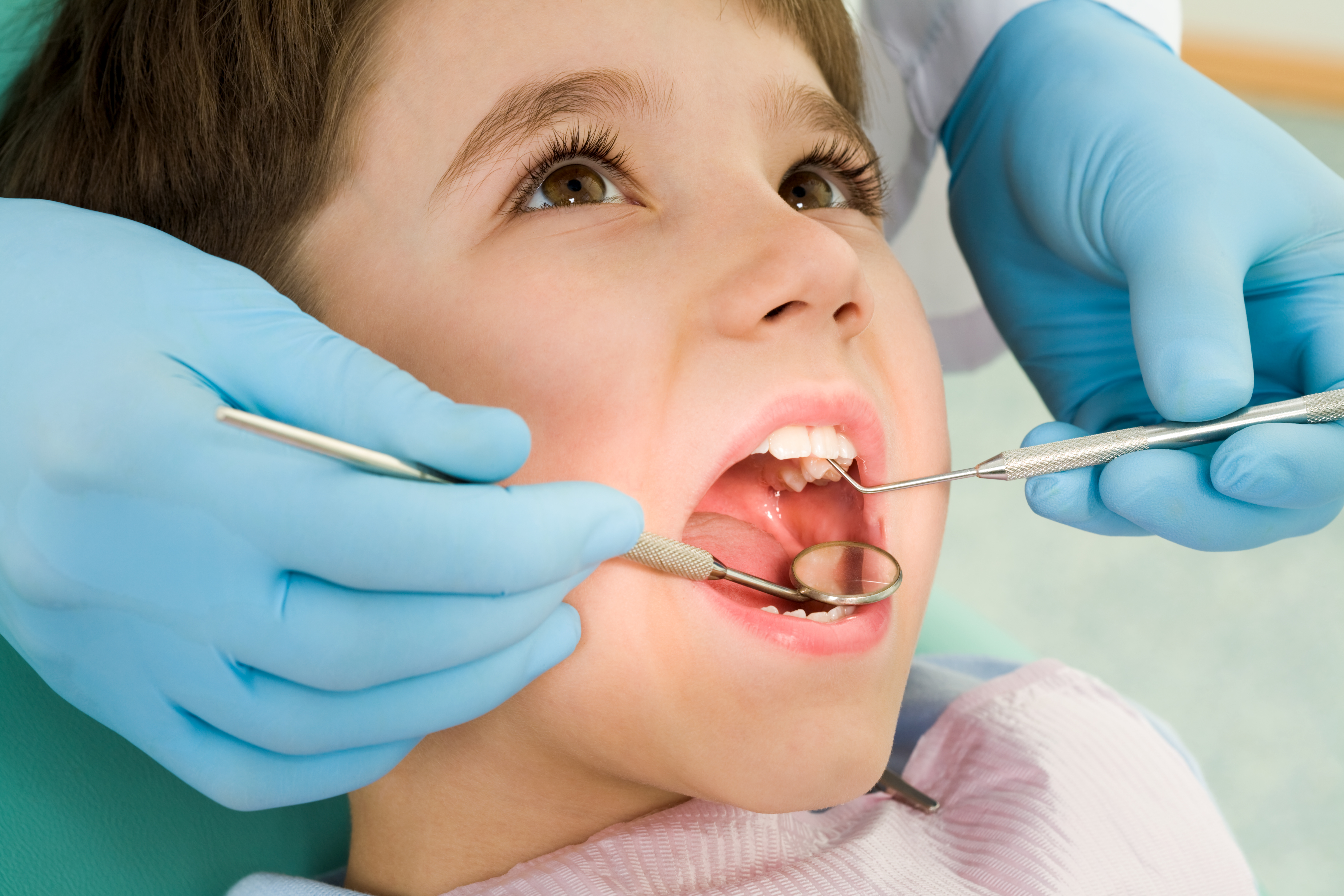A Dentist Shares Facts About Primary Teeth
 Your dentist can help you care for your child’s teeth. They can also teach you when their primary teeth should come in and when they should fall out. Here is a closer look at understanding primary teeth.
Your dentist can help you care for your child’s teeth. They can also teach you when their primary teeth should come in and when they should fall out. Here is a closer look at understanding primary teeth.
How can I help my child take care of their teeth?
A dentist should explain ways to care for a child’s teeth and let parents know when their child is old enough to care for their teeth independently.
- When a child is very young, a parent can cradle their head with one arm and brush their teeth with the other hand. As a child grows older, they will develop enough coordination and dexterity to brush their teeth on their own, but parents should still check their teeth after they brush and go over any spots they missed.
- Parents should use a pea-sized dab of fluoride toothpaste on a soft nylon-bristled toothbrush to brush a child’s teeth. Parents should instruct a child to spit out the toothpaste when the brushing is done, rather than swallow the toothpaste. It is important to make sure a child flosses between teeth that touch each other because this will remove food from between teeth where a toothbrush cannot reach. Parents typically need to floss a child’s teeth for them until they are nine years old.
- Parents should help a child brush their teeth twice a day until they are eight years old or until they can show that they can do an excellent job of brushing their teeth on their own. It would be best to brush a child’s teeth after eating breakfast and before going to bed. A child’s molars are the most important teeth to brush well because they have many little grooves and crevices where food particles can hide and feed bacteria.
A dentist can place sealants on a child’s molars to protect them from decay. However, brushing and flossing are still important. A general dentist can help parents determine if a child is getting enough fluoride.
When should primary (baby) teeth come in and fall out?
A child’s primary lower central incisors should come in between 6 and 10 months old. Their primary lower lateral incisors should come in at 10 to 16 months. Their first molars should erupt at 14 to 18 months. Their primary lower canine teeth come in at 17 to 23 months. Their second molars should be the last primary teeth to erupt, around 23 to 31 months.
A child should lose their primary upper and lower central incisors when they are 6 to 7 years old. They should lose their primary upper and lower lateral incisors between the ages of 7 and 8. Their upper primary canine teeth should be lost when the child is 10 to 12 years of age, while their lower primary canine teeth should come out when they are 9 to 12 years old. A child’s upper and lower primary first molars should fall out when they are between the ages of 9 to 11. The primary upper and lower second molars should fall out around 10 to 12 years old.
Contact your dentist
If you'd like more information about primary teeth, contact your dentist directly. It's important to educate yourself and your children about the proper way to care for your teeth. Your dentist can guide you toward the best oral health care.
Request an appointment or call Island Paradise Dental at 239-465-4999 for an appointment in our Marco Island office.
Related Posts
Oral sedation is one of many options available to a dentist. Oral sedation has opened a whole new world of possibilities for dentistry and dental procedures. However, many people have questions about how exactly oral sedation works because of how new it is.Sedation dentistry is a perfectly safe form of dentistry. Oral sedation is ideal…
Good oral hygiene is a must for everyone, and your dentist will certainly tell you that. Preventing a tooth infection can be as simple as using the right toothbrush, flossing regularly, and avoiding certain beverages like coffee or wine. Read on for more tips!Brushing your teeth is essential for preventing a tooth infection, but it's…
One of the most important roles of dentistry is to prevent and treat tooth decay. According to The American Dental Association, it affects 91% of Americans by the time they reach the age of 20. Fortunately, dentists are trained and equipped to remove tooth decay and restore a patient's good oral health.In order for decay…












